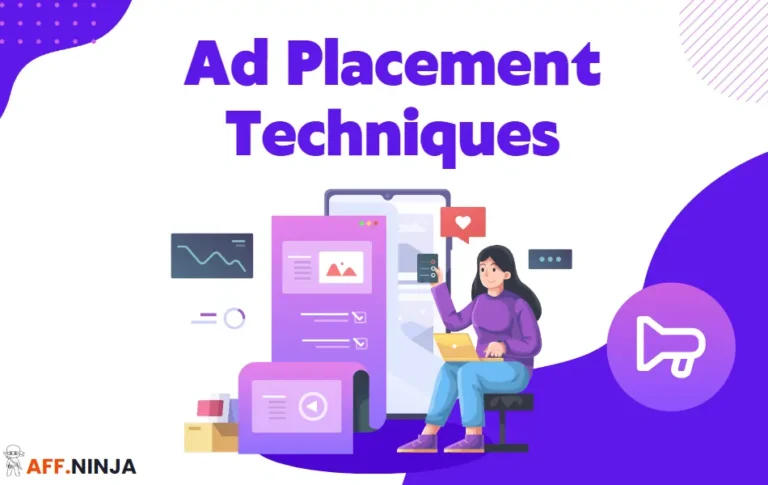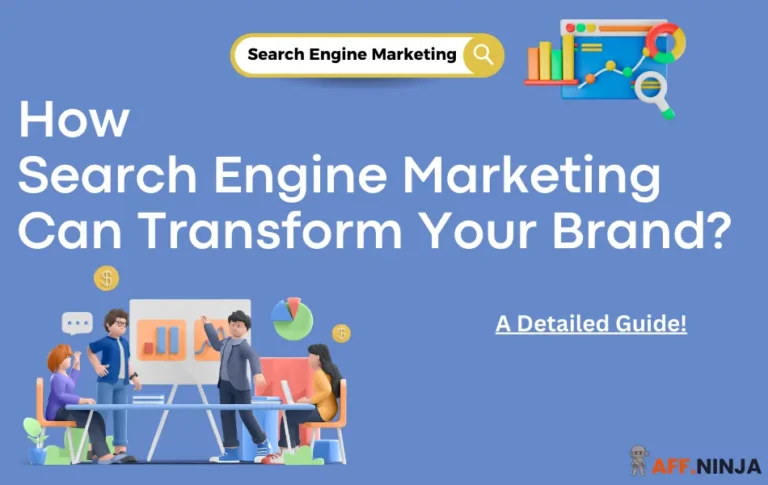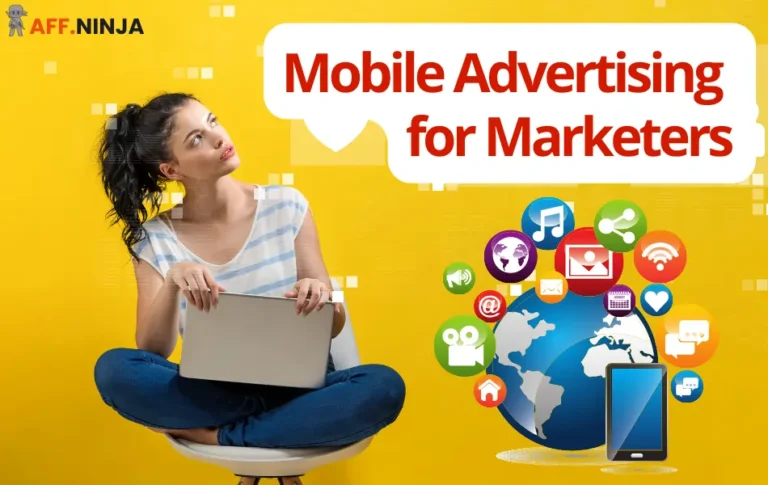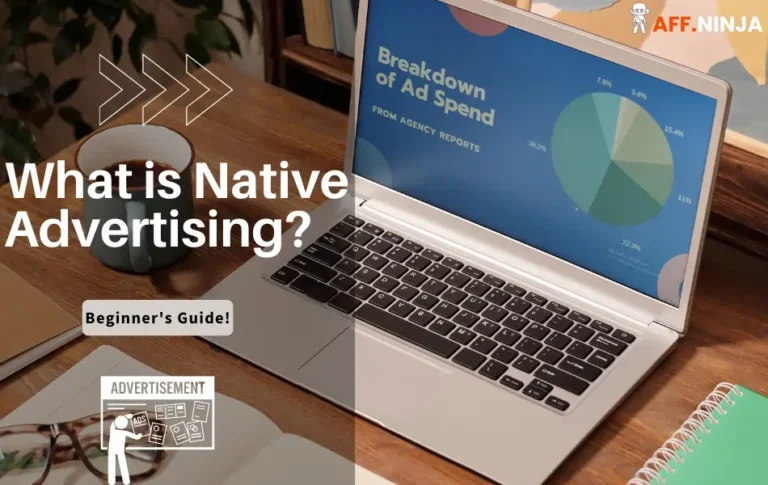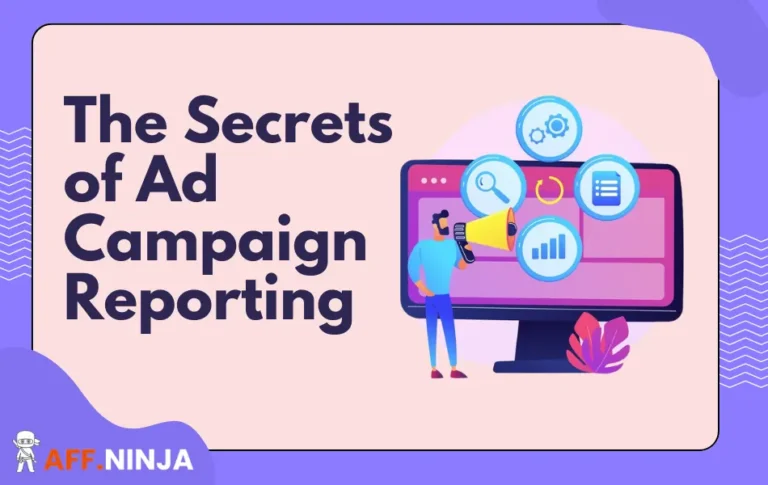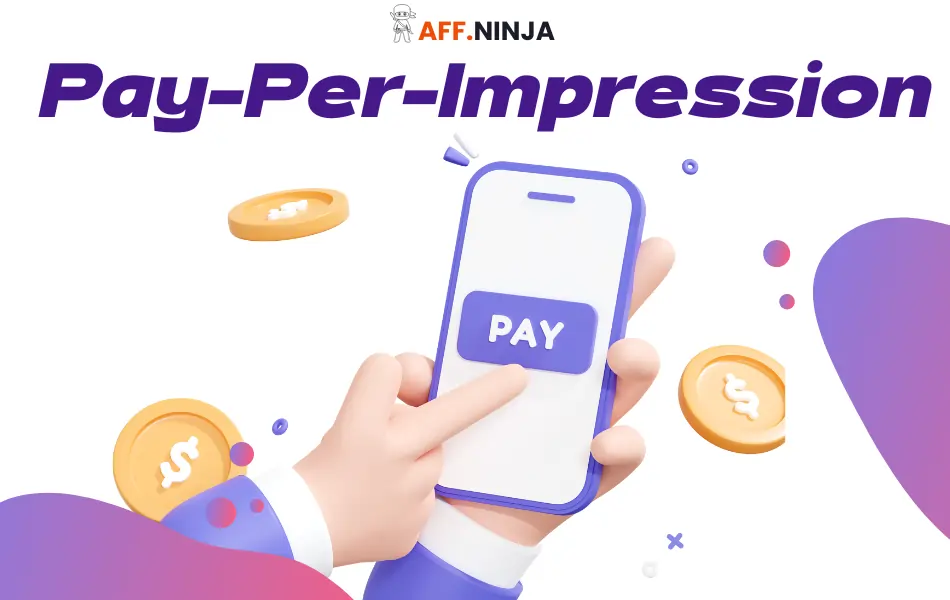
Ever wondered why some ads seem to follow you around the internet? Well, that falls under PPI Advertising.
You might be thinking is that the PPI calls? No, it's not about those pesky payment protection insurance calls. PPI here stands for pay-per-impression, a clever little trick advertisers use to get their message in front of your eyes.
Think of this like, you're window shopping online, and suddenly, that cute pair of shoes you were eyeing pops up on every website you visit. That's PPI in action! It's like a digital billboard that travels with you, hoping to catch your attention and maybe, just maybe, convince you to hit that ‘Buy Now‘ button.
Intrigued? Stick around as we get into the ins and outs of PPI advertising and how it's shaping the way we browse and buy online.
WHAT IS PPI ADVERTISING?
PPI Advertising, or Pay-per-impression, is a digital marketing model where advertisers pay each time their ad is displayed, regardless of user interaction. Unlike Pay Per Click (PPC), PPI focuses on visibility rather than direct engagement.
Typically priced per thousand impressions (CPM), it's ideal for brand awareness campaigns. While PPI doesn't guarantee clicks or conversions, it offers broad exposure, making it a valuable tool for businesses aiming to increase their online presence and reach a wider audience.
How Does PPI Advertising Work?
Pay Per Impression (PPI) advertising, also known as Cost Per Mille (CPM), is a digital marketing model where advertisers pay for each time their ad is displayed, regardless of user interaction. This impression-based approach focuses on visibility and brand awareness rather than direct engagement or conversions.
What's In the Impression-Based Model?
In the PPI model, an “impression” occurs every time an advertisement appears on a user's screen, whether in a mobile app, web page, or other digital environment. Advertisers pay for every thousand impressions their ad receives, hence the term “Cost Per Mille” (mille being Latin for thousand). This model is particularly effective for businesses seeking to enhance brand recognition and reach a wide audience without necessarily aiming for immediate sales or leads.
PPI vs Other Advertising Models
PPI differs significantly from other popular advertising models like pay-per-click (PPC) and Cost Per Action (CPA). In PPC campaigns, advertisers only pay when a user clicks on their ad, making it more action-oriented. CPA models charge advertisers when users complete specific actions, such as making a purchase or filling out a form.
While PPC and CPA focus on direct user engagement, PPI prioritizes overall exposure. This makes PPI ideal for brand awareness campaigns, new product launches, or maintaining a consistent presence in consumers' minds.

Adsterra
Adsterra stands out as a top Pay-per-impression (PPI) ad network, offering high CPM rates and diverse ad formats like popunders, banners, and native ads. With a global reach, advanced targeting options, and real-time analytics, Adsterra provides publishers with excellent monetization opportunities and advertisers with effective campaign management tools.
Typical Pricing Structure (Cost Per Mille)
The pricing for PPI advertising is typically structured around the CPM rate. Advertisers pay a flat fee for every 1,000 impressions their ad receives.
For example, if a website has a CPM rate of $5 and guarantees 100,000 impressions, the total cost for the advertiser would be $500.
CPM rates can vary significantly based on factors such as the ad's placement, the platform's popularity, and the target audience's specificity. Advertisers often use bidding strategies to secure ad placements, with higher bids increasing the likelihood of their ads being displayed in premium positions.
This pricing model offers predictable costs for advertisers and a steady revenue stream for publishers. However, advertisers must monitor their campaigns closely, as poorly targeted or unengaging ads can lead to high costs without significant returns.
For more information on other types of advertising, check out other articles on Mobile Advertising, and Native Advertising.
Why Choose PPI Advertising?
Pay-per-impression (PPI) advertising offers several key advantages for businesses looking to enhance their online presence and brand recognition. Here are the primary benefits:
1. Increased Brand Visibility and Awareness
PPI advertising excels at boosting brand visibility by ensuring your ads are displayed to a wide audience. Every impression is an opportunity for potential customers to see your brand, logo, or message, even if they don't immediately interact with the ad. This repeated exposure helps build brand recognition over time, making your company more memorable to consumers when they're ready to make a purchase decision.
2. Predictable Costs and Budgeting
One of the most significant advantages of PPI advertising is its predictable cost structure. Advertisers pay a fixed rate for a set number of impressions, typically per thousand views (CPM). This predictability allows for better budget management and financial planning, as you know exactly how much you're spending for each thousand impressions.
3. Chances of High-Volume Exposure
PPI campaigns can deliver your message to a vast audience quickly. This model is particularly effective for businesses aiming to reach a large number of potential customers in a short time frame. It's an excellent choice for product launches, event promotions, or when entering new markets, as it allows for rapid dissemination of your brand message.
4. Suitability for Certain Campaign Goals (e.g. Branding)
PPI advertising is especially well-suited for branding campaigns and awareness-building initiatives. Unlike performance-based models like pay-per-click, PPI focuses on visibility rather than immediate action. This makes it ideal for campaigns aimed at introducing a new brand, reinforcing brand image, or maintaining a consistent presence in consumers' minds.
It's particularly effective for businesses looking to establish themselves in the markets or those with longer sales cycles where repeated exposure is crucial.
Challenges and Considerations in PPI Advertising
While Pay Per Impression (PPI) advertising offers significant benefits for brand visibility, it also comes with several challenges that advertisers must look forward to carefully:
Well, just in case you are looking to read some fascinating facts about digital marketing, check out our article on the Latest Digital Marketing Statistics and Trends of 2024.
Best Practices for PPI Campaigns
To maximize the effectiveness of pay-per-impression (PPI) campaigns, advertisers should follow several key best practices.
Setting clear campaign objectives is crucial. Define specific, measurable goals that align with your overall marketing strategy, from increasing brand awareness or driving website traffic, to generating leads. Next, focus on precise audience targeting and segmentation. Utilize demographic, behavioral, and psychographic data to create detailed audience profiles and tailor your ads accordingly.
Creating eye-catching ad designs is equally important in PPI advertising. Use compelling visuals, concise copy, and strong calls to action to capture attention quickly in a crowded ad placement in terms of competition.
At last, continuous monitoring and optimization of campaign performance is essential. Regularly analyze key metrics such as impressions, click-through rates, and conversion rates. Use these insights to refine your targeting, adjust your ad creatives, and reallocate your budget to the best-performing placements.
Measuring PPI Campaign Success
Evaluating the effectiveness of pay-per-impression (PPI) campaigns requires a comprehensive approach focused on key performance indicators (KPIs) and robust analytics tools. Essential KPIs for PPI campaigns include impression count, click-through rate (CTR), conversion rate, and brand lift. These metrics provide insights into campaign reach, audience engagement, and overall impact on brand awareness.
To track impressions accurately, advertisers can leverage various analytics platforms such as Google Analytics, Adobe Analytics, or specialized ad-tracking software. These tools offer detailed reports on impression delivery, frequency, and viewability, enabling marketers to optimize their campaigns in real time.
Calculating Return on Investment (ROI) for PPI campaigns involves comparing the total campaign cost against the revenue generated from conversions attributed to the impressions. While direct conversions may be challenging to track, marketers can use attribution models and multi-touch analytics to assess the campaign's contribution to the overall customer journey. Additionally, factoring in brand awareness gains and long-term customer value can provide a more comprehensive view of the campaign's ROI.
Common Queries Related to PPI Advertising
How is PPI Different from PPC Advertising?
PPI charges for ad views, while PPC (Pay-per-click) charges only when users click on ads. PPI focuses on visibility, and PPC on direct engagement.
Is PPI Advertising Effective for Small Businesses?
PPI can be effective for small businesses aiming to increase brand awareness. However, it requires careful budget management and targeting to be cost-effective.
How Can I Prevent Ad Fraud in PPI Campaigns?
Use reputable ad networks, implement fraud detection tools, monitor campaign metrics closely, and work with verified publishers to minimize fraudulent impressions.
Can PPI Advertising be Combined with Other Advertising Models?
Yes, PPI can be effectively combined with other models like PPC or CPA as part of a bigger digital marketing strategy to achieve various campaign objectives.
You Might Wanna Check Out:
Will You Give PPI Advertising a Shot?
And there you have it, folks! PPI advertising might not be the flashiest kid on the digital marketing block, but it's certainly got its place in the spotlight.
From looking to boost your brand's visibility to just wanting to get your name out there, PPI can be your ticket to the big leagues of online advertising. Just keep in mind that since PPI advertising works on the impressions, the sales and conversions won't work immediately.
You might not see immediate clicks or sales, but you're planting seeds in the minds of potential customers. Who knows? The next time they're in the market for what you're selling, your brand might just pop into their heads!
So, are you ready to give PPI Advertising a shot? 🎯


